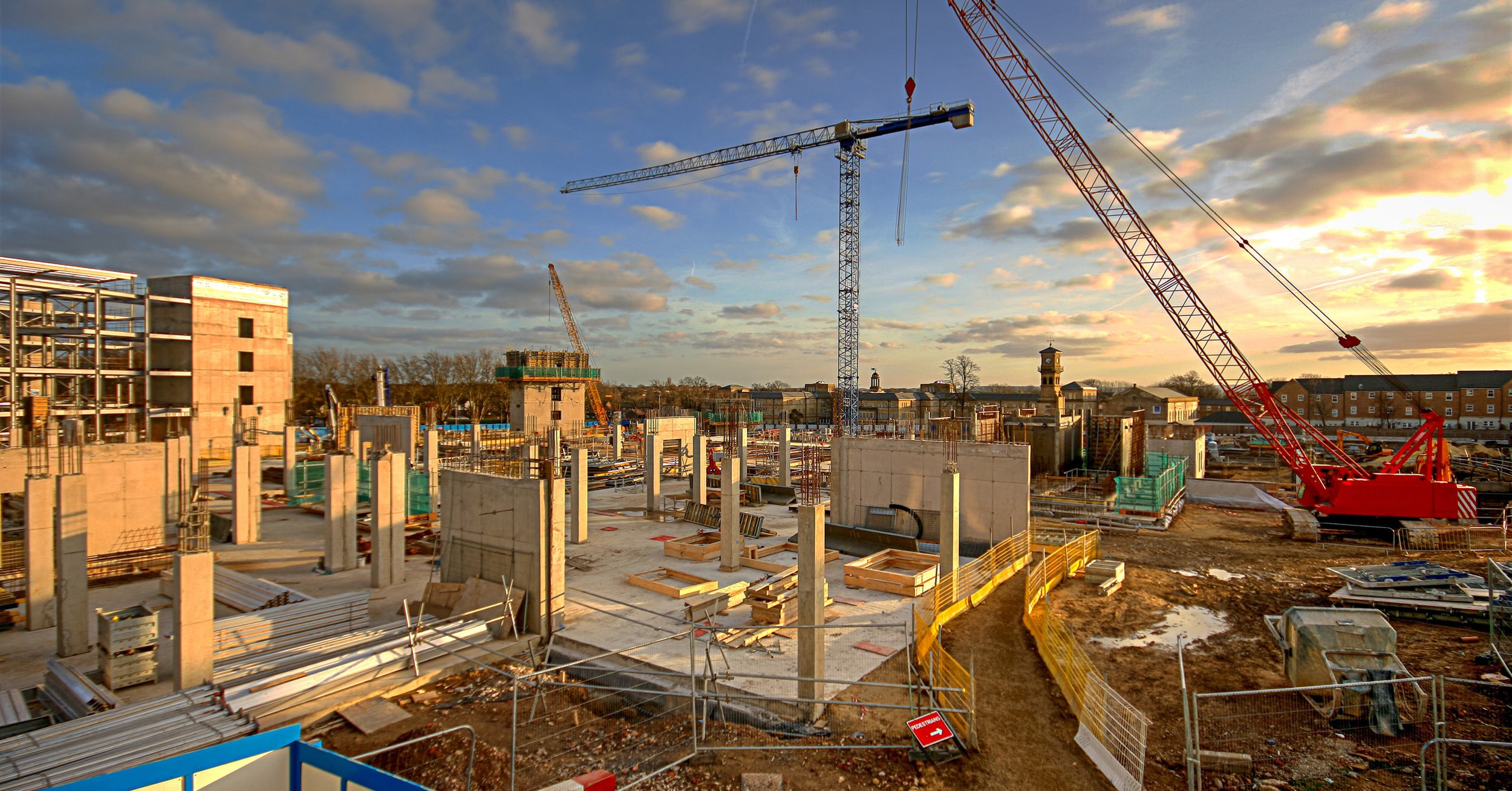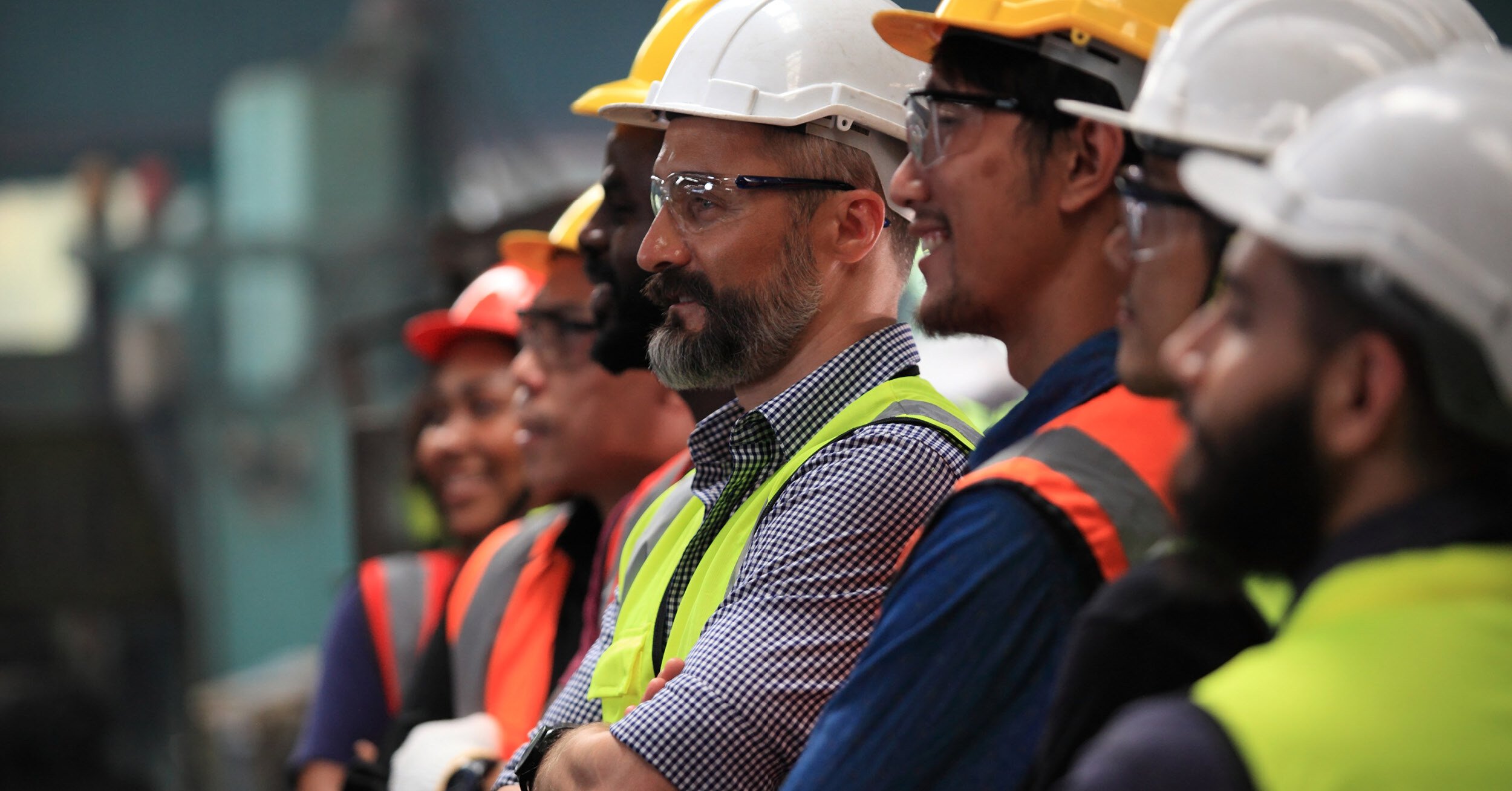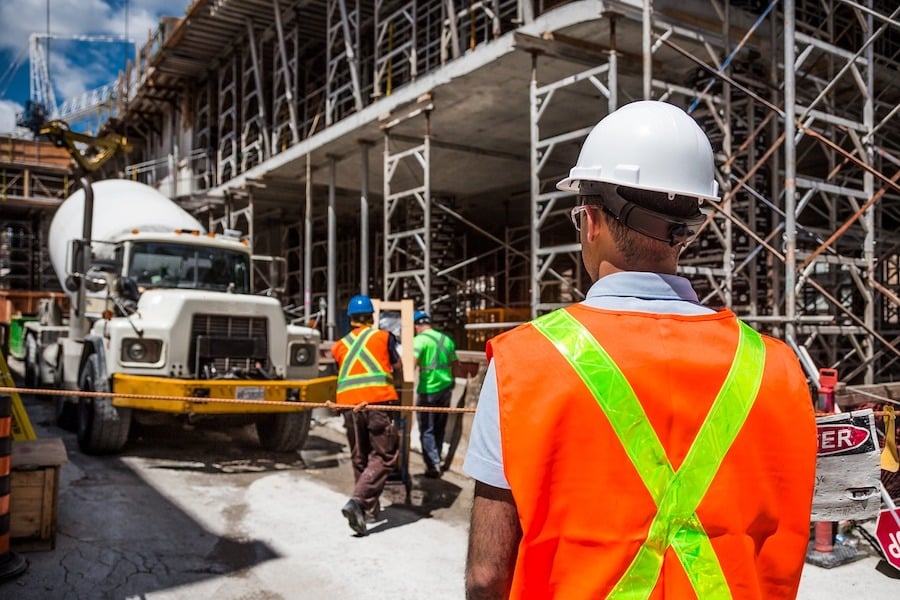Navigating the Builder’s Risk Insurance Market: Why Early Coverage Matters More Than Ever
April 28th, 2025
2 min. read
By Eric Lehmann, Sr. Account Executive | Construction Practice Lead

The builder’s risk insurance market has changed dramatically in just a few short years. What used to be a stable, relatively predictable space has become increasingly volatile and far more expensive.
Since 2021, average annual rate increases have jumped to 7.6%, up from the typical 2–3% range before 2022. And it’s not just about cost—carrier capacity is tightening, especially for wood frame projects over $5 million.
If you’re planning a construction project in 2025, understanding these shifts is key to protecting your timeline and your bottom line.
What’s Driving the Change?
Several global forces are shaping the builder’s risk landscape:
- More frequent and severe weather events. In the U.S. alone, 2023 saw 28 weather and climate disasters causing nearly $93 billion in damages. In 2024, that number rose to $182.7 billion across 27 disasters. And 2025 is already off to a costly start, with wildfires near Los Angeles generating an estimated $35 billion in losses.
- Pressure on reinsurance markets. Carriers rely on reinsurance to help manage catastrophic risk and those costs are rising. As reinsurers pull back or demand higher premiums, the impact trickles down to builder’s risk policies.
- Supply chain disruptions and inflation. Material shortages and increased construction costs are pushing up project values and insurance premiums along with them.
Together, these factors have made coverage more expensive, harder to place, and slower to secure.
Why Builder’s Risk Coverage Is Non-Negotiable
The construction industry continues to grow, with 10% increases in nominal value and 12% gross output gains in 2024 alone. But as more money flows into builds, so does the risk.
From high-rises and stadiums to commercial remodels and industrial facilities, builder’s risk coverage is the financial safety net for any job in progress. It protects the value of the work—and everything that goes into it—from fire, theft, weather damage, and more.
Without it, even a minor incident can delay timelines, disrupt cash flow, and wipe out margins.
Engage Early
Builder’s risk isn’t something to price-shop at the last minute. With reduced carrier appetite and tighter underwriting, the best coverage at the best rate often goes to those who plan ahead.
Here’s what early engagement gets you:
- More time to find the right carrier, especially for complex or high-value projects
- Greater flexibility in coverage design, extensions, and deductibles
- Stronger positioning with underwriters, who prefer well-prepared submissions
- Strategic budgeting that considers insurance as part of the project’s risk profile, not just an expense
It’s also important to have a broker who knows this market inside and out. Someone who understands shifting appetites, reinsurance pressure, and how to advocate for your team in a changing risk environment.
Don’t Wait Until It’s Too Late
Builder’s risk coverage isn’t what it used to be—and that’s not a bad thing. It’s a reminder that risk management needs to be as dynamic as the construction industry itself.
If you have a project coming up, now is the time to evaluate your current approach, identify potential gaps, and create a plan to secure the right policy before breaking ground.
Let’s start that conversation early so your team can build with confidence.
Eric Lehmann, Sr. Account Executive | Construction Practice Lead
After starting his career as a logistics specialist in the U.S. Navy, Eric then turned to insurance. He has been in the insurance industry for nearly 15 years including the past three at McClone. As McClone’s construction practice lead, he brings a deep understanding of the unique insurance and compliance needs of our construction clients. In addition to working directly with clients, Eric works with carrier partners and construction association partners on innovative ways to develop coverage enhancements and education programs for construction clients. Eric provides program analysis, recommendations and service to his clients ensuring that they have a clear understanding of their programs and coverage. He has experience in a range of insurance issues relevant to construction businesses including risk management, subcontractor default insurance, commercial insurance, casualty insurance and more. Eric is a Certified Insurance Counselor, a member of the Associated Builders & Contractors of Wisconsin’s Legislative Committee and sits on the Board of Directors for the Construction Financial Management Association of Northeast Wisconsin. He holds a Master’s in legal studies from the Washington University School of Law and a BA in business administration and management from Clarke University. Married for 16 years, Eric has two sons, ages 14 and 10. He enjoys spending time with his family outdoors, traveling, golfing and keeping active through running.
Topics:









